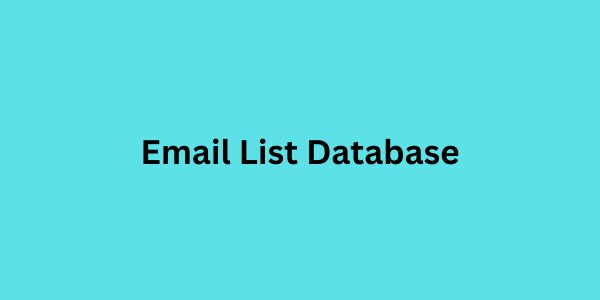The tracking and measuring of e-mail performance are inevitable activities for any business or marketer inclined towards optimizing strategies for better results. Thus, analytics tools will help the business understand how well their e-mails are performing to refine their content for better engagement and increased conversions. Below are the major key email analytics tools that are used in the tracking and measurement of email performances and their respective features and benefits.
1. Google Analytics
Google Analytics is one of the most popular means of tracking web traffic, although it can also be implemented with email marketing campaigns. With UTM parameters put on links within the emails, one is able to track how email traffic contributes to website goals. Metrics that include click-through rate, conversion rate, bounce rate, and user behavior in landing pages can easily be tracked. Google Analytics does indeed help to identify how email campaigns compare to other sources of traffic, such as social or paid advertising.
Key features:
Tracks email-driven website traffic
Measures conversions and goal completions from email campaigns
Provides insight into the performance of email CTAs, Call to Actions
2. Mailchimp
Among various such e-mail marketing Ecuador Email Database platforms, the popularity of Mailchimp is-renowned. It allows for in-built analytics in tracking emails and sending performance. This may be inclusive of in-depth reports that cover open rate, click-through rate, bounce rate, unsubscribe rate, and many more. Additionally, it also tracks subscribers overtime, thereby allowing marketers to measure how their emails are doing and if they resonate with the audience.
Key features include:
Real-time tracking of email performance
Segmentation and analysis of audience behavior
Email reporting and benchmarking
Integration with Google Analytics and CRM systems
3. HubSpot
HubSpot is an all-in-one marketing platform that offers advanced email tracking features. It helps marketers analyze email engagement, segment subscribers, and automate email sequences based on user behavior. Its analytics on email open rates, click rates, deliverability, bounce rate, and much more make it one of the leading tools in this category. The A/B testing feature allows for great subject line, content, and CTA optimization to help attain better results.
Key features:
Rich email analytics and reporting
Testing of contents and design optimization. Segmentation and behavioral analysis of subscribers. Integration with the CRM for lead tracking. 4. Constant Contact
Another e-marketing solution for small businesses is Constant Contact. Its analytics track open rates, click-through rates, and bounces. Unique to this system is its ability to compare several email campaigns’ performance over time. Constant Contact provides you with heat maps showing which parts of the email attract the most clicks.
Key features:
Tracking of simple email performance
Heat maps for displaying engagement
Comparative campaign performance
Integration with social media and CRM platforms
5. Campaign Monitor
Campaign Monitor is a platform for creating visually appealing emails. Therefore, it comes complete with enhanced analytics to understand how your campaigns perform. It gives the exact details on who opened the email, what links were clicked, and how many recipients forwarded the email. The geographic tracking provided by the platform shows where in the world your subscribers are located.
Key features:
Real-time analytics on email engagement; Geographic tracking of subscribers; Customizable reporting dashboards; A/B testing and advanced segmentation. 6. Litmus
Litmus is an email testing and analytics platform that enables marketers to preview emails across devices and email clients before sending. Other than testing, Litmus offers analytics in order to show key performance metrics of emails, including open rates, read time, and engagement. It also provides easy integration with a variety of email marketing platforms, enhancing the possibility of more comprehensive insights into email effectiveness.
Key features include:
Email previews across devices and clients
In-depth engagement analytics
Integration with popular email platforms
Read-time and device-based metrics
7. Sendinblue
Sendinblue is also fully featured in analytics India Consumer Email Data for email performance tracking, be it transactional emails or marketing campaigns. It offers real-time reporting to display instant open rates, click-through rates, and email bounces to marketers. The platform also supports A/B testing and segmentation to make email campaigns more personalized.
Real-time reporting and analytics
A/B testing and campaign optimization
Automation for targeted email sequences
Integration with CRM and marketing platforms
Conclusion
The appropriate analytics tools for tracking and measuring emails develop the foundation whereby businesses can make data-driven decisions, devise new strategies, and finally work towards improvising the effectiveness of email marketing campaigns. Among these, Google Analytics, Mailchimp, HubSpot, to name a few, offers varied functionalities right from simple tracking of metrics to some very comprehensive reporting on subscriber behavior. The right tool for any marketer will again depend on the specific needs, scale of campaigns, and the integrations required with other marketing systems.



